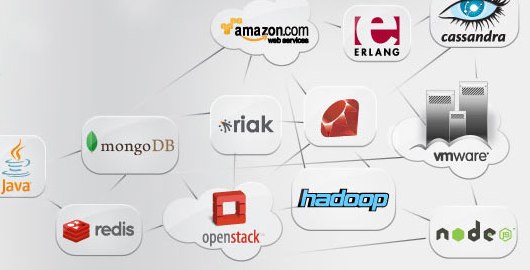Boundary‘s application performance monitoring technology is now integrated into Splunk‘s enterprise platform, providing a window into apps that increasingly are distributed across cloud and on-premise virtualized environments.
Boundary provides a snapshot every second of the app’s topology. That data now appears in Splunk Enterprise, which collects and indexes machine data such as logs, events and performance metrics from all tiers of the technology stack.
By combining the two apps, IT personnel can determine the health of the app and how it is behaving across a distributed environment, which increasingly common in today’s market. The app can be viewed in a virtualized or cloud environment, reflecting the need to monitor apps as data flows on and off premise. The new integration is available through Splunk’s community website Splunkbase.
Here’s how it works. Splunk real-time alerts are tagged as annotations in Boundary’s time-series graphs. Customers can then correlate alerts against application flow and performance data.
Gary Read, CEO at Boundary, said in an interview that it is becoming increasingly complex to determine the root cause for why an app is not performing well. “Brownouts” are increasingly becoming an issue. Apps are so distributed that they never actually go down. But they can get sluggish. The challenge is finding out why they are not performing well. To do that IT has to get a holistic view of the app. That means knowing how the app is doing on a contextual basis.
It’s this problem that is leading to a new breed of performance stacks that is managed virtually through providers such as Splunk, Boundary or New Relic, which looks at an app’s code. These are different from the stacks that IT would once build on-premise to manage client/server applications with software from companies such as CA or HP.

